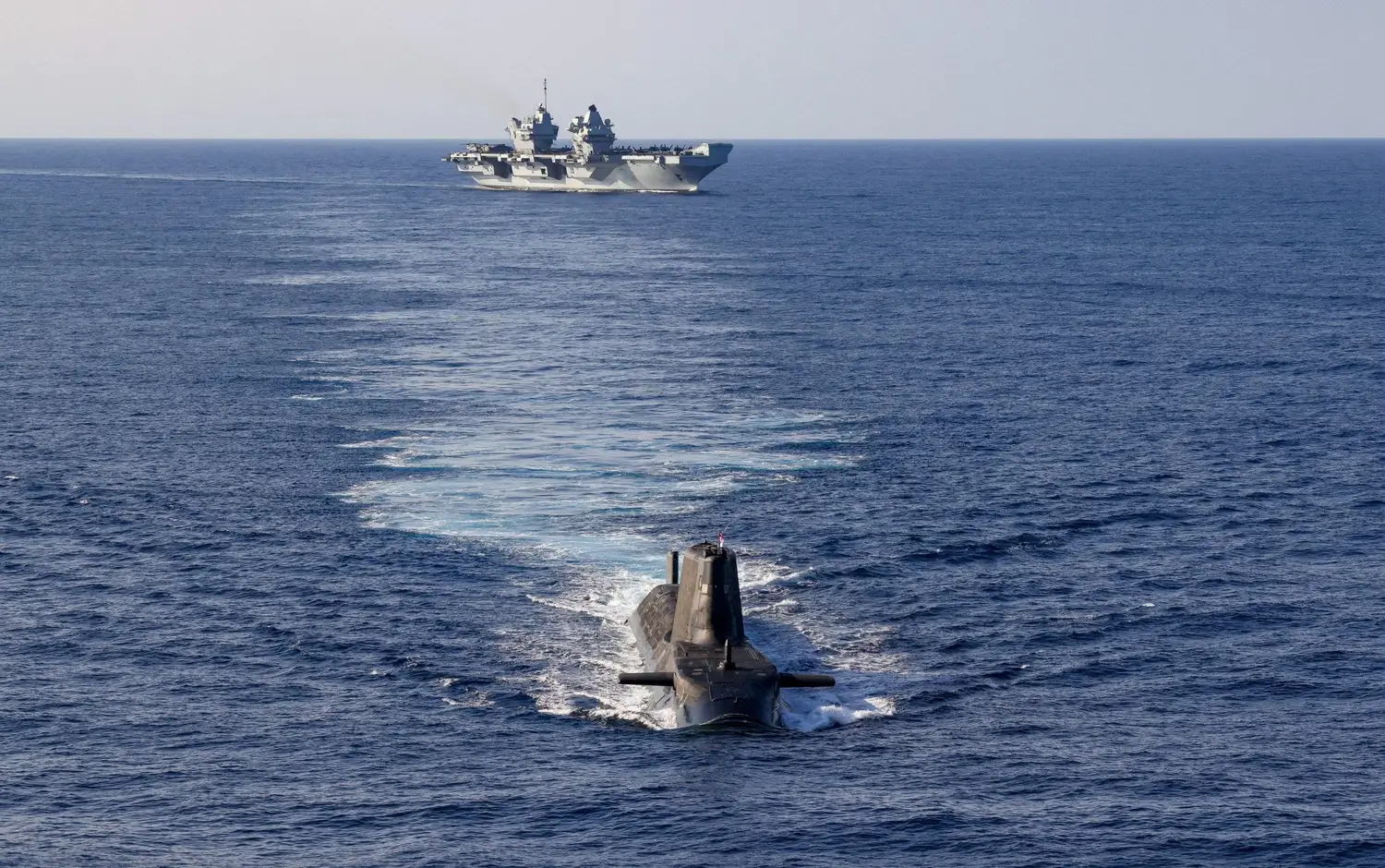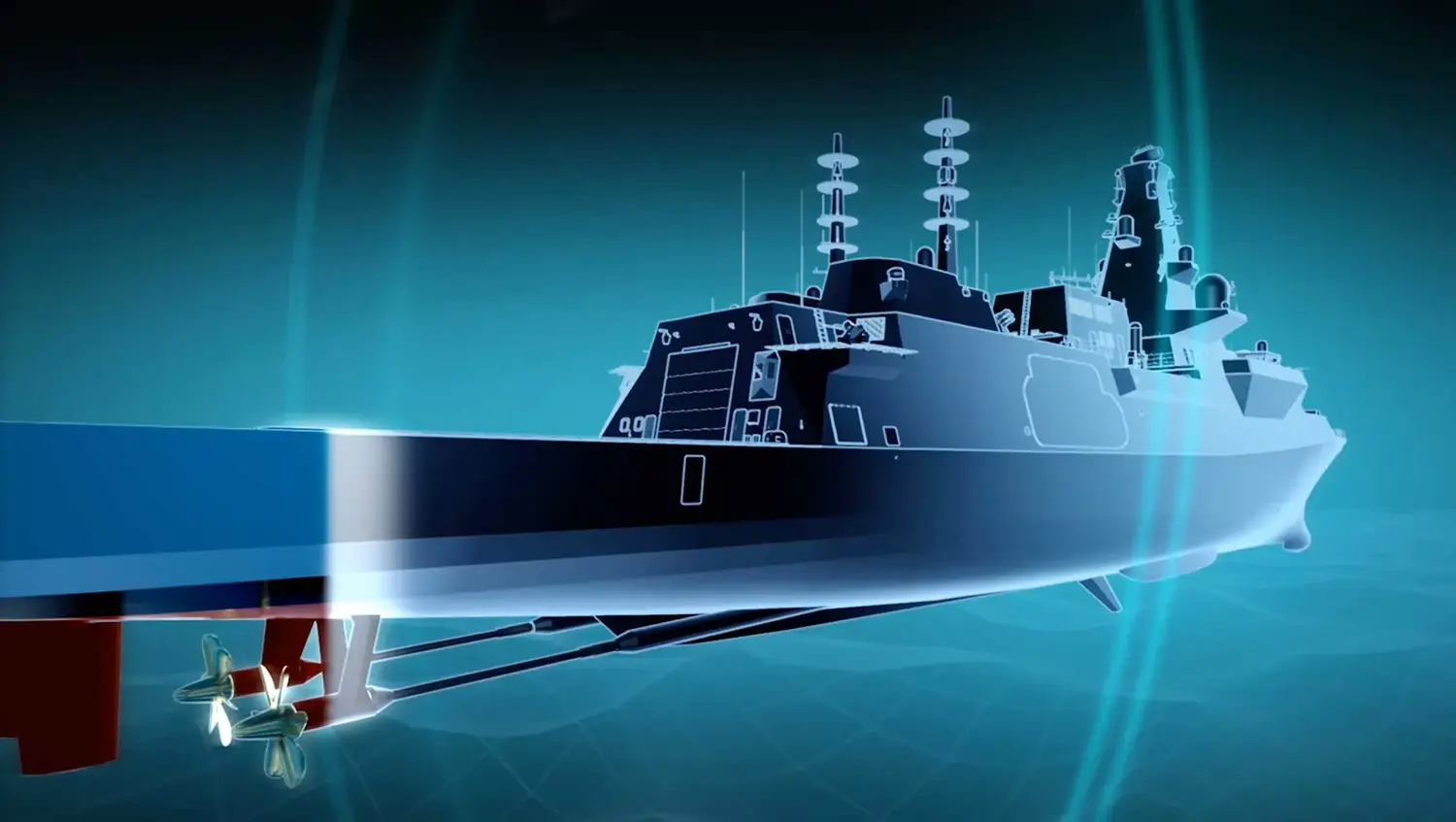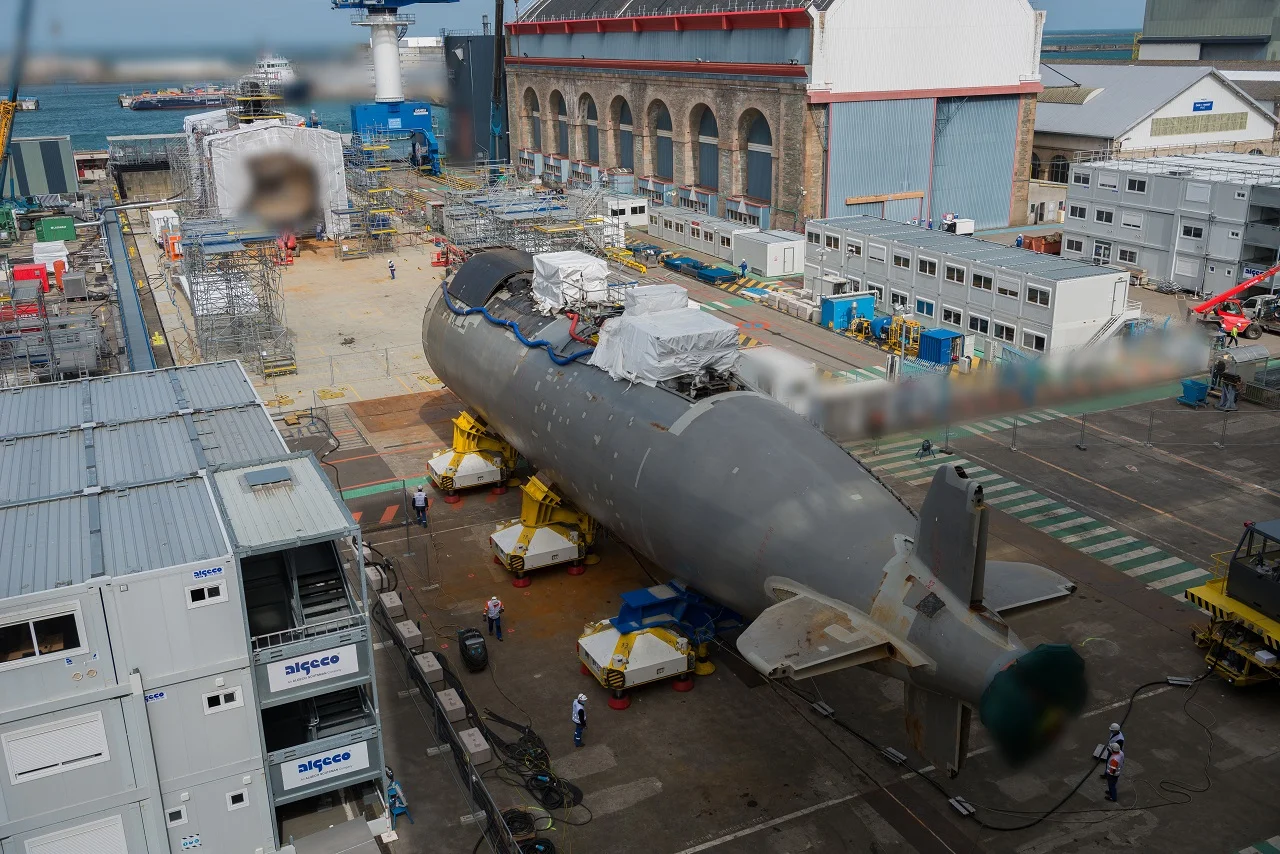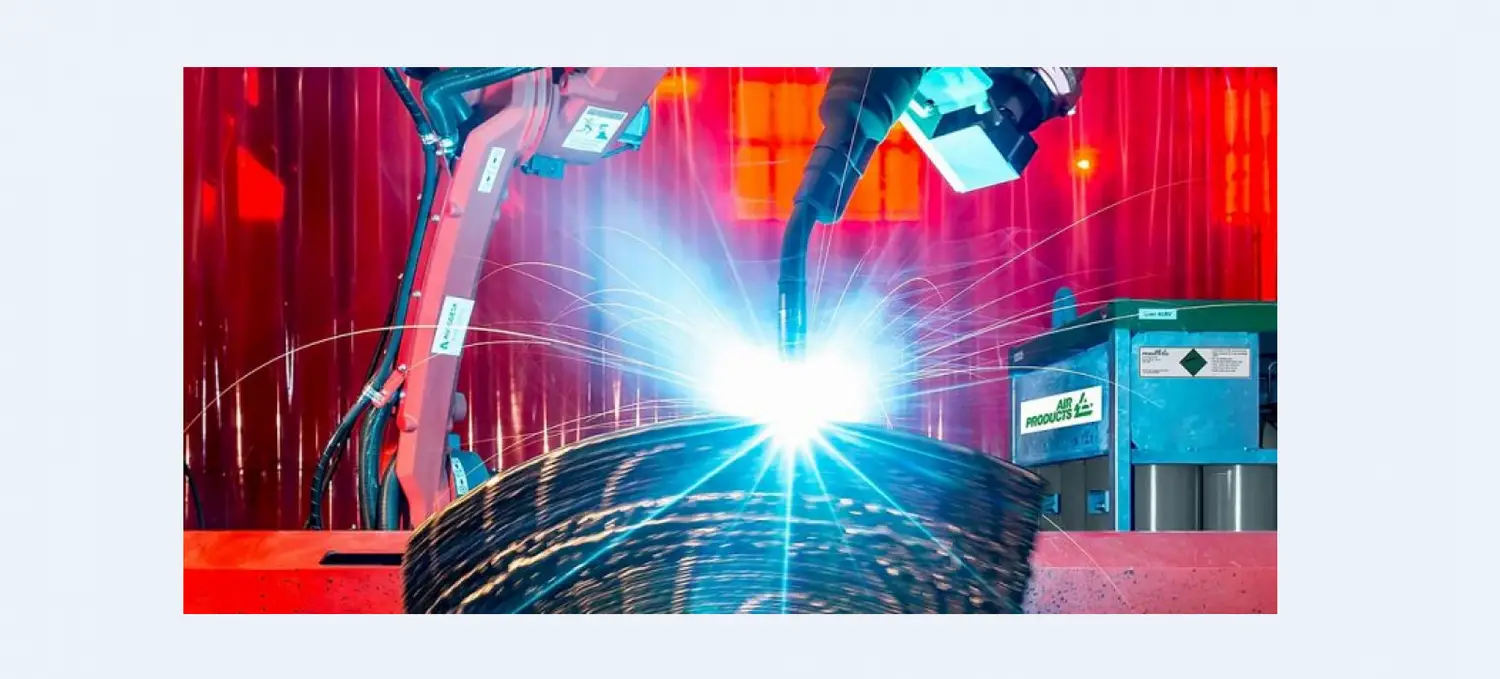
REPORT HOME > In the beginning
MAY 2023 | technology report | NAVAL ENGINEERING
In the first part of this exclusive technology report, Dr Alix Valenti investigates how digital engineering can bake innovation and future-proofing into a ship or submarine long before any metal has been cut.
Above: Both submarines and surface vessels are increasingly complex systems of systems, facing an ever-changing threat picture. (Photo: UK MoD/Crown Copyright)
‘Submarines and surface ships are highly technological platforms whose design, construction, update and maintenance are complex,’ a Naval Group spokesperson told Shephard. Yet this ever-increasing complexity is being met with the necessity to reduce time to market and reduce costs.
The paradox stems from navies around the world facing a growing number of threats that are driving demand for complex, interdependent systems, while resources to acquire these platforms remain finite.
First principles: taming complexity
Against this background, as James Gladman, Chief Naval Architect at Expleo, told Shephard: ‘The surge in technology development and the desire to incorporate enhanced or new capability increases the probability of late changes in the design, leading to increased complexity, cost and programme delays.’
This is not only evident in ship design, but in the production phase as well. Constructing complex and interconnected systems of systems requires a well-orchestrated approach.
Success is not only reliant on detailed planning at the shipyard, but also demands that subcontractor activities and warehouse management are carefully built into the planning process.
Beyond the need to skilfully orchestrate multiple actors across different phases of design and construction of ever-more-complex platforms, shipyards also face another critical challenge: future-proofing.
‘Innovation in weapon technologies means platforms will need to integrate a large variety of new equipment, with significant changes for both platform and systems,’ Ana Moya, engineering director at Navantia, told Shephard.
And it is not only weapon systems that will continue to evolve. A Naval Group spokesperson pointed out that multiple factors will continue to affect the design of a platform, including protecting the seabed, operating in colder waters, emerging threats, increasing needs for autonomy and environmental requirements such as alternative fuels.
Last but not least, Moya also commented on the importance of designing and building platforms that will be able to accommodate future autonomous systems, be they aerial (UAVs), surface (USVs) or sub-surface (UUVs).
‘The increasing presence of these vehicles on board is affecting platform design, communication and command and control systems, and will trigger a quick evolution in the remote and autonomous recoverability of this kind of vehicle,’ she said.
In such complex, interconnected, forward-looking environments, digital technologies have a significant role to play in facilitating design and production of surface ships and submarines.
The power of data: tools for transformation
According to the Gartner IT glossary, digital technologies are the tools used to change a business model and provide new revenue and value-producing opportunities. In other words, ‘it is the process of moving to a digital business’. The shift to digitalisation was a pervasive theme among industry leaders interviewed for this report.
This is evident, first and foremost, in the use of a digital twin. The virtual representation of a physical object is undoubtedly the most common reference point used for discussing the digitalisation of the naval industry.
However, while it is so far mainly associated with maintenance and upgrade cycles, the digital twin has revealed significant added value for design and build.
As a representative from BMT commented, the latter aspect is primarily rooted in the fact that ‘the data feed can take the guesswork out of many of the engineering decisions’.
More specifically, naval experts from BAE Systems told Shephard: ‘In design and build, digital twins can be used to test concepts and designs rapidly before anything is physically built.’
This allows engineers to agree more quickly on (potentially innovative) design solutions that ensure a platform and/or an industrial process’s performance optimisation, the Naval Group spokesperson noted.
Above: Companies like BAE Systems are using a digital twin of a design to test concepts before anything is physically built. (Image: BAE Systems)
Similarly, Jon Wines, Senior Solution Architect at Expleo’s marine business unit, said: ‘Our experience shows that designing in a configured digital toolset means that the teams can fully understand the context in which they are working and make quicker and more informed decisions.’
Interestingly, while the concept of digital twinning mostly evokes the image of a ship’s virtual replica, for Navantia this goes further.
‘A digital replica of the factory, such as Navantia’s engine factory, allows the simulation, monitoring and optimisation of production processes, thus improving efficiency and productivity and, ultimately, reducing production time and cost,’ Moya said.
In fact, beyond the use of a digital twin, as Debenedetti told Shephard, a pervasive digital approach helps avoid unnecessary delays and optimise cooperation in all the phases of the product’s lifecycle, from concept design to decommissioning.
More specifically, he added: ‘A digital approach will help the interaction with systems and component providers and maximise information availability, avoiding misunderstandings and lack of clear indications.’
In this sense, BMT's representative added that collaboration and configuration tools are key: ‘Digital collaboration tools have been hugely important to enable the sharing of information and concurrent working by geographically disparate teams, as has been the case in many industries.’
As for configuration tools, they are central to the quality assurance process as they increase confidence in the consistency of the data being used.
Expleo’s Wines added that design intent is only part of the story, and to enable a digital twin to add maximum value the ‘as-built’ configuration must be captured and incorporated to support the transition from manufacturing to being in service, allowing the support organisation to have full visibility of the delivered configuration.
More generally, Naval Group noted that data sharing through the Internet of Things (IoT) facilitates production process monitoring. Debenedetti also commented on the fact that the IoT allows for better management of the warehouse as well as improving coordination among subcontractors, who benefit from direct access to production information.
Just as importantly, tools like AI can significantly increase the efficiency of digital technologies.
Skills sets: attracting, honing and retaining
‘There is a current volume and skills challenge in the sector,’ Neil Young, Babcock Marine’s engineering and technology director, told Shephard. The volume issue is driven by the growth in demand for surface ships and submarines, on top of maintenance and upgrades for existing fleets.
The skills challenge, on the other hand, is a result of the new capabilities required to efficiently deliver design, build and maintenance of vessels.
While the need for a highly skilled workforce continues to grow following platform demand trends, interviewees noted that attracting enough suitably qualified and experienced personnel remains difficult.
This means that digital technologies can play a significant role in addressing this issue.
For instance, Naval Group pointed to automation and robotisation as critical tools to carry out difficult tasks or jobs without added value for the workforce: ‘At Naval Group, robotic process automation robotics is the technology addressing this issue’, the spokesperson added. This is particularly interesting for tasks such as welding where robotisation improves working conditions.
Above: Naval Group is using robotic automation to assist with complex welding operations. (Photo: Naval Group)
Similarly, Babcock Marine has implemented a new panel line at its Rosyth site that is turning shipbuilding from a labour-intensive process into an automated production sequence. ‘The facility incorporates a high level of automation and robotics, which provides a safer working environment, high quality and high throughput,’ Young pointed out.
Another important element of attracting and retaining a skilled workforce is the ability to train teams and individuals in a way that is efficient and intuitive. This is particularly true for new generations of employees arriving at shipyards now.
As noted by Magnus Olsson, head of surface ship design and engineering at Saab Kockums: ‘Employees today have more experience meeting digital transformation.’
In this context, augmented reality (AR) and virtual reality (VR) are the digital tools of choice for both Naval Group and Navantia. As Moya explained: ‘VR/AR allow the efficient training of workers, reducing the risk of errors, and support the construction and assembly operations.’
This technology can also be used to enable design and production processes. For example, BAE Systems is putting digital technology toolsets directly in the hands of production engineers.
‘In the future, digital models will provide a single point of truth across the ship, but these must be easily accessible for shipbuilders who often wear gloves and other deliberate safety equipment,’ the company emphasised.
Fostering innovation: printing ahead
Much like digital twinning, additive manufacturing – also known as 3D printing – is more commonly associated with maintenance operations. Yet this holds significant potential for the design and build phases of surface ships and submarines.
Naval Group sees additive manufacturing as an opportunity to facilitate innovation for certain parts of a platform. In 2019, for instance, the company, together with French engineering school Centrale Nantes, developed the first ever propeller using the wire arc additive manufacturing (WAAC) method. The propeller, built for the French Navy tripartite-class Andromede minehunter, spanned 2.5m and weighted 200kg.
According to Naval Group, ‘the key advantage of additive manufacturing in the manufacturing process is that it allows the development of certain shapes that could not be built with other processes.’
Above: Wire arc additive manufacturing has been used to create complex components such as ship propellors. (Photo: Naval Group)
One example is the possibility of creating hollow components, potentially for propellers, that would make the part much lighter and therefore increase overall ship efficiency.
Additive manufacturing also opens up new possibilities in relation to materials. For instance, designers and builders currently have to make compromises on parts such as propellers: they must remain relatively light without being subject to corrosion.
Additive manufacturing offers the possibility of selecting a lighter material for the core of the part and then applying a non-corrosive layer on top.
Finally, and much more pragmatically, this technology reduces the scrap factor. Where current production inevitably leads to high levels of wastage for some materials, additive manufacturing uses only what is necessary. This is not to say that there is no waste at all, as some parts may still need smoothing out, but less material is being used to begin with, therefore reducing costs.



